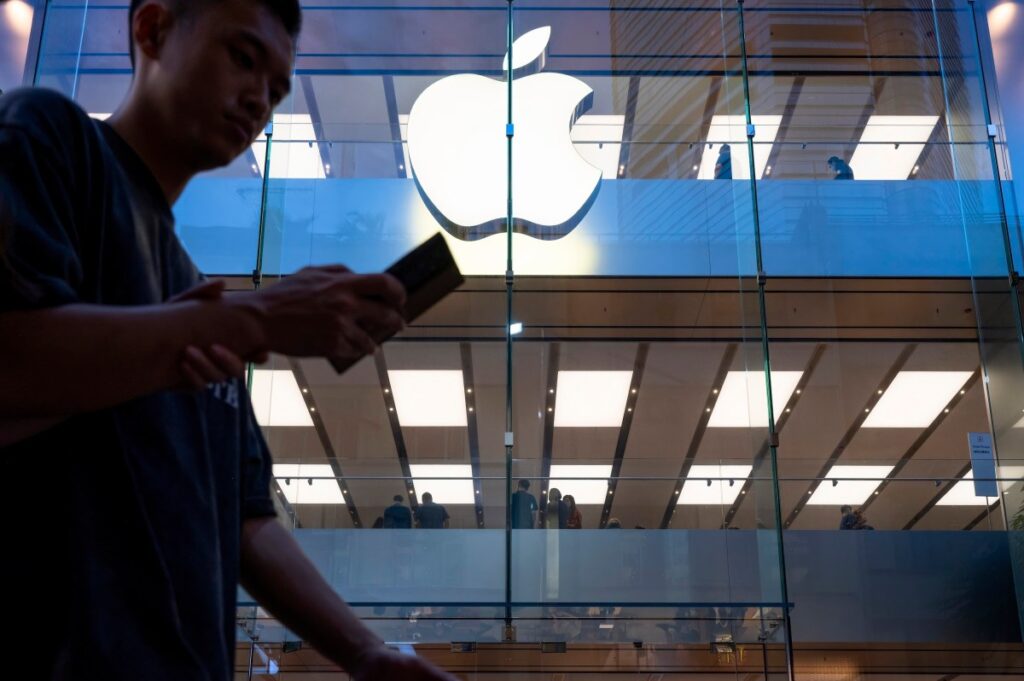
<strong>Image Credits:</strong>Sebastian Ng/SOPA Images/LightRocket / Getty Images
iPhone 18 Launch 2026: Apple Plans Two-Phase Release Strategy
Table of Contents
New Release Strategy for iPhone 18
In a significant shift from its traditional launch strategy, Apple is planning to split the iPhone 18 launch in 2026 into two distinct phases, according to reports from The Information citing supply chain sources. This new approach marks a departure from Apple’s usual simultaneous release of all iPhone models in the fall.
Key Launch Timeline
- iPhone 18 Pro models: Fall 2026
- Standard iPhone 18 models: Spring 2027
- New iPhone 16e: Spring 2027
- Potential foldable iPhone: Fall 2026
2026-2027 iPhone Product Lineup
The upcoming product lineup represents a strategic diversification of Apple’s smartphone portfolio. Following the introduction of the rumored “iPhone 17 Air” in 2025, Apple is expected to launch its successor in 2026. Additionally, the company may introduce its first foldable iPhone alongside the Pro models in fall 2026, marking a significant expansion of its product range.
Product Timeline: The staggered release schedule suggests Apple is moving towards a more diversified product strategy, potentially allowing for better market positioning and extended sales cycles throughout the year.
Manufacturing Plans and Economic Factors
In response to economic and geopolitical factors, Apple is exploring manufacturing diversification for the iPhone 18 lineup. The company plans to test production of the standard iPhone 18 models in India, a strategic move to reduce its dependence on Chinese manufacturing amid ongoing tariff concerns.
Manufacturing Strategy: Apple’s shift towards Indian manufacturing for the standard iPhone 18 models reflects the company’s response to Trump’s tariffs and their impact on profit margins.
Market Impact and Industry Implications
This new launch strategy could have significant implications for the smartphone industry and Apple’s market position. The split release schedule might help Apple maintain steady sales throughout the year, while the expansion into new form factors and manufacturing locations could strengthen its competitive position in the global market.
Strategic Benefits: The phased launch approach could help Apple optimize its supply chain, better manage inventory, and potentially capture different market segments at optimal times throughout the year.
As Apple continues to evolve its product strategy, the iPhone 18 launch in 2026 represents a pivotal moment in the company’s history. The combination of new form factors, manufacturing locations, and release schedules suggests a more flexible and adaptable approach to meeting market demands and maintaining competitive advantage in the ever-evolving smartphone industry.





